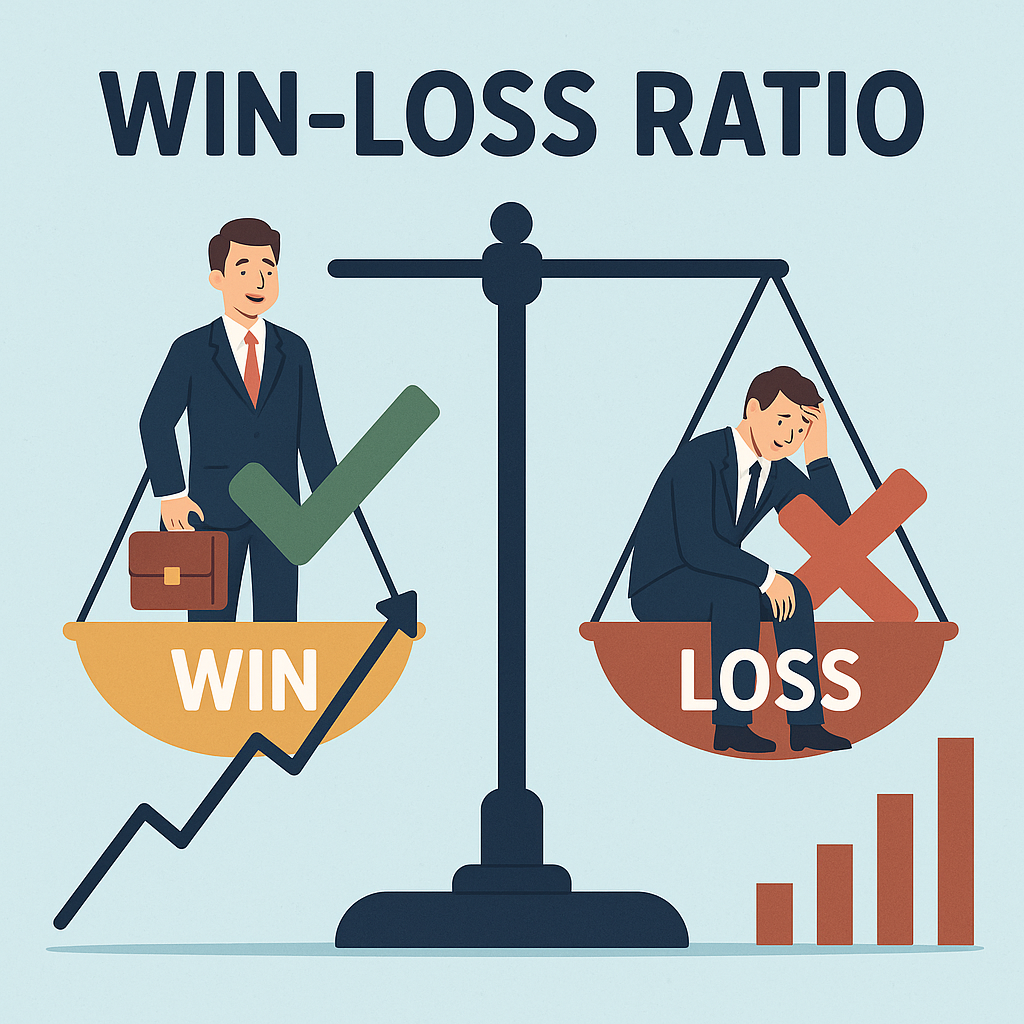Several metrics overwhelm executive dashboards: customer acquisition cost, pipeline velocity, average deal value, and conversion rates. And yet arguably one of the most powerful analytics weapons remains breathtakingly untapped in organizations—win-loss analysis.
The Hidden Goldmine of Sales Intelligence
Win-loss analysis involves systematically studying both the deals you win and the deals you lose to uncover patterns, insights, and opportunities for improvement. Think of it as the sales equivalent of a medical autopsy—but instead of determining cause of death, you're diagnosing the factors that determine business success or failure.
While most organizations obsessively track their wins, they're often hesitant to dig deep into their losses. This asymmetric approach creates a dangerous blind spot in business strategy.
Why Are Organizations Leaving Money on the Table?
1. Fear of Discomfort
Looking at losses can be uncomfortable. It forces teams to confront hard truths about their weaknesses, missed opportunities, and flawed assumptions. However, this discomfort is precisely where growth opportunities hide.
2. Resource Constraints
Many believe that conducting thorough win-loss analysis requires extensive resources. In reality, even basic analysis can yield transformative insights when done consistently.
3. Lack of Structure
Without a systematic approach, win-loss analysis can feel overwhelming. Organizations often don't know where to start or how to extract actionable insights from the data they collect.
The Untapped Value of Win-Loss Analysis
Competitive Intelligence
Every lost deal contains valuable information about your competitors' strategies, pricing models, and value propositions. This intelligence is often more candid and actionable than anything you'd learn through traditional competitive research.
Sales Process Optimization
Win-loss analysis reveals the specific stages where deals falter most frequently, allowing for targeted process improvements that can dramatically increase close rates.
Product Development Roadmap
Customer feedback from lost deals often highlights missing features or capabilities that could make or break future opportunities. This input is invaluable for product teams prioritizing their development roadmap.
Sales Team Enablement
By understanding the common objections and challenges faced in lost deals, organizations can better equip their sales teams with the tools, training, and collateral needed to address concerns proactively.
Implementing Effective Win-Loss Analysis
1. Establish a Systematic Process
Create a standardized framework for collecting win-loss data immediately after each decision. Timing is crucial—insights become less reliable as time passes.
2. Conduct Objective Interviews
Have neutral parties (not the sales rep involved) conduct win-loss interviews. This removes bias and encourages more honest feedback from prospects.
3. Focus on Patterns, Not Outliers
While individual deal insights are valuable, the real power lies in identifying recurring themes across multiple wins and losses.
4. Create Actionable Reports
Transform raw data into strategic recommendations. Each analysis should conclude with specific, actionable steps for improvement.
5. Close the Loop
Share insights across the organization and implement changes based on findings. Win-loss analysis without action is just expensive research.
POPTip
- Identify and exploit competitive advantages
- Refine value proposition
- Optimize pricing strategies
- Improve sales effectiveness
- Accelerate product innovation
The organizations that thrive are those that learn fastest. Win-loss analysis isn't just another performance metric—it's a strategic imperative that can fundamentally transform your business outcomes.
The question isn't whether you can afford to implement comprehensive win-loss analysis. The question is whether you can afford not to.




